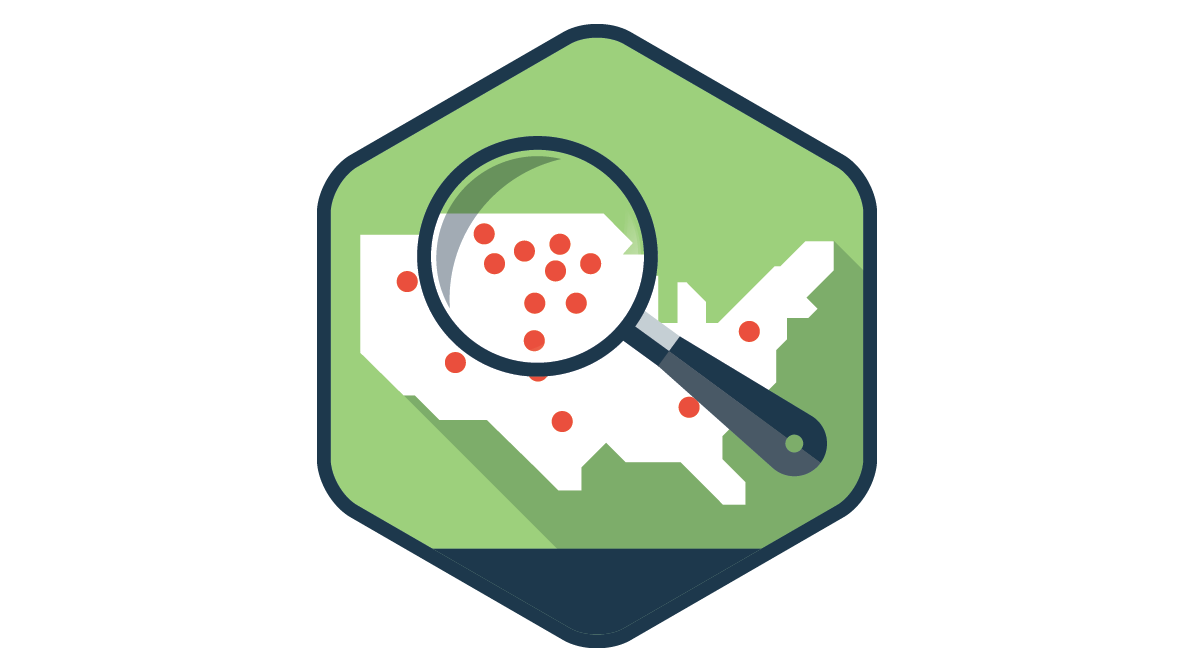Key points
- The following considerations for a Legionnaires' disease outbreak investigation aren't exhaustive.
- They're intended to help epidemiologists and other public health personnel make decisions as they investigate common outbreak scenarios.

Overview
The investigative steps described on this page aren't linear. Public health personnel may have already performed several steps during their routine evaluation of Legionnaires’ disease case reports. Many steps will occur simultaneously or in a sequence that varies during the course of an investigation.
Every outbreak investigation is unique. Each requires careful planning and periodic reassessments to determine the most appropriate response. Give consideration to personnel, resources, or other competing priorities within the state, territorial, or local health department.
The CDC Legionella team is available for consultation and assistance, either remotely or in person.
Investigation oversight
In general, state, territorial, and local health departments are best positioned to provide oversight for each step of the investigation process. This oversight helps ensure adherence to public health recommendations.
However, health departments without the necessary resources to conduct every step may defer certain responsibilities to the building owner/manager. For example, the health department may not have personnel with environmental expertise specific to Legionella or particular equipment.
In some situations, hiring professionals with specific expertise in managing Legionella may also be helpful for building owners. See these factors to consider when working with Legionella consultants.
Creating an action plan
The first step is to determine if a full investigation is needed.
The terms "outbreak investigation" and "full investigation" are used interchangeably. The steps of an outbreak investigation are the same for a full investigation in response to a single, presumptive healthcare-associated case.
The setting can impact this decision. See the following pages for considerations specific to outbreaks:
Steps involved in a full investigation
Once public health personnel determine a full investigation is needed, a series of steps should take place.
Perform a retrospective review of cases in the health department surveillance database. Identify earlier cases with possible exposures to the same setting or geographic area.
Develop a line list of cases associated with the common exposure setting or geographic area. Download CDC's line list templates.
Work with appropriate parties to identify additional prior cases. Perform a retrospective review of medical or laboratory records.
Conduct active case surveillance to identify new cases as quickly as possible. Learn why it's also important for healthcare facilities.
Facilitate testing for Legionella using preferred diagnostic tests.
Obtain and test post-mortem specimens, when applicable.
Consider recommendations for restricting water exposures or other immediate control measures.
Communicate with stakeholders as appropriate and develop a risk communications plan if necessary.
Work with appropriate parties to develop or review and possibly revise the water management program.
Facilitate an environmental assessment to evaluate possible environmental exposures.
Facilitate environmental sampling, as indicated by the environmental assessment.
Make recommendations for remediation of possible environmental source(s), if indicated.
Subtype and compare clinical and environmental isolates, if available.
Determine how long heightened disease surveillance and environmental sampling should continue to ensure the outbreak is over.
Conduct a follow-up assessment and environmental sampling to validate the effectiveness of implemented control measures.
